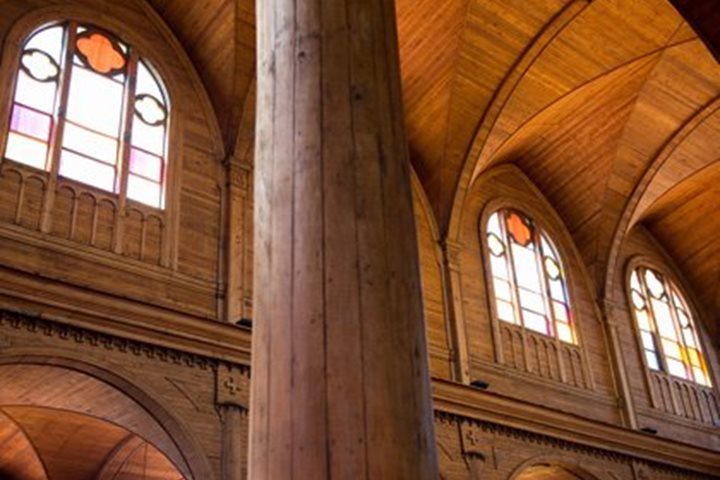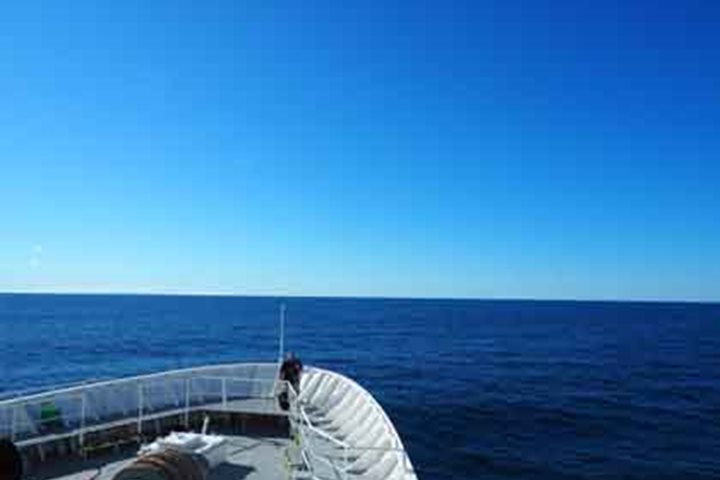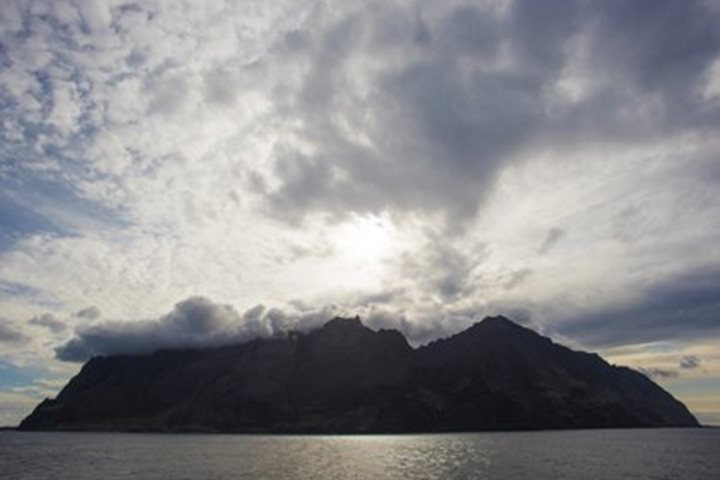Today we visited the coastal town of Coquimbo in central Chile. This is one of the most seismically active areas in the world, and one month and a day ago, on the 16th of September, the area experienced an earthquake of magnitude 8.3. The earthquake produced at tsunami of 15 feet, which washed several large fishing vessels and many more small boats onto the beach in large beachfront market area was destroyed. There were 13 casualties but some people are still missing. We immediately saw how industrious and resourceful the local residents are. They are already re-building the damaged buildings and re-floating the beached vessels. We were greeted at the quayside by lively folk dancers and local television crews very happy to see us.
We departed by bus for several optional outings. Some visited the nearby towns of Coquimbo and La Serena, the regional capital founded in 1544, the second oldest city in Chile. Others visited the Santa Gracia Natural Reserve in search of birds and other wildlife, an outing that resulted in sightings of 40 species, perhaps most notably, a large colony of burrowing parrots. The third group visited the beautiful Elqui Valley that cuts into the high Andes directly behind the coastal region.
After our days in the sere desert of the Atacama, it was a most welcome sight to see the verdant and productive valley carpeted with vineyards that provide the grapes for the local wine and pisco industry. In the valley we walked over the huge Puclaro dam at the mouth of the valley. We then proceeded to the main town of Vicuña, birthplace of Nobel Laureate in literature, Gabriela Mistral. We visited her home, now a museum. We then proceed up into the head of the valley and visited the oldest pisco distillery and had a chance to see the process and the very traditional equipment used in the process.









